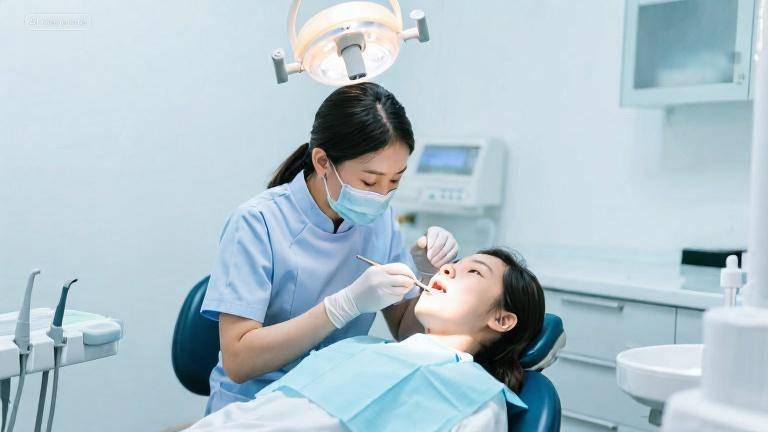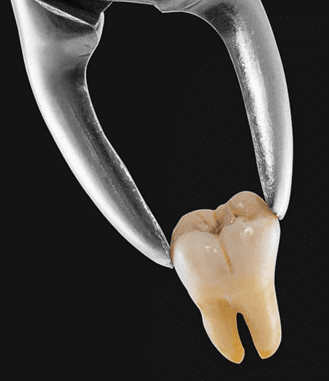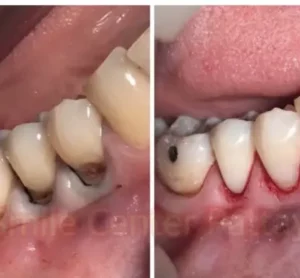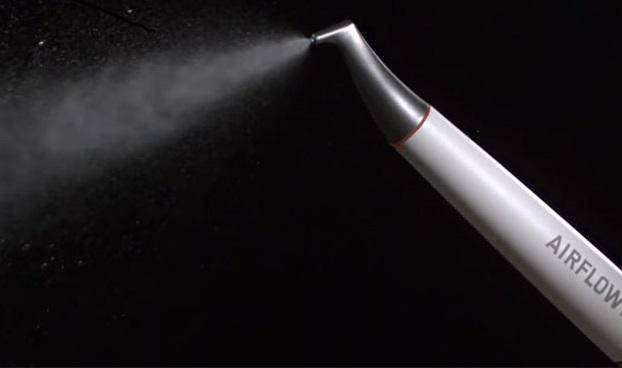Menu

Regular dental examination is important part of preventive dental care procedure. In general, dentist will perform dental cleaning and identify gum inflammation and also evaluate your risk of developing tooth decay and other oral health problems, as well as check your face, neck and mouth for abnormalities. A dental examination may be also include x-ray or other diagnostic procedures. Other treatments during a dental exam might include:-
A tooth that is severely damaged may need to be removed. This procedure is normally performed by dentist in dental office only. Wisdom teeth usually appear between the ages of 18 and 24. Most adult people have four wisdom teeth but it is possible to have a fewer or more. If there is not enough room for the teeth, or they are not aligned properly, they may never fully erupt Wisdom teeth commonly affect other teeth as they develop, becoming impacted or coming in sideways. They are often extracted when this occurs.

| Tooth Extraction | Wisdom Tooth Extraction | |
|---|---|---|
| Tooth Type | Any tooth (incisors, canines, molars) | Specifically third molars (wisdom teeth) |
| Complexity | Usually simpler, especially front teeth | Often more complex (impaction, bone removal) |
| Common Reasons | Decay, infection, trauma, overcrowding | Impaction, crowding, infection, decay |
| Surgical Need | Sometimes (for broken teeth) | Often surgical (especially impacted teeth) |
| Healing Time | Faster | Longer, due to deeper roots and bone work |
| Pain/Swelling | Mild to moderate | More common and severe swelling and pain |
Dental cleaning and scaling can be performed by dentist or dental professional. This is a routine dental works advised to be done every 6 months. Dental cleaning and scaling can remove plaque and tartar from all tooth surfaces with different types of scaling being used in relation to the amount of plaque and tartar. Typically, a dentist will perform traditional scaling by hand. Advances in technology have led to more modern methods such as Airflow which allow dental cleaning to be done in much more throghoutly clean. However to achieve best results, patient need to take care themselves by correctly manual scaling everyday combined in dental cleaning. Dental Polishing is the finishing touch of rubbing on the surface of the teeth. There are two kinds of polisher the prophy jet polishing and rubber tip polishing with prophy paste. Prophy jet polishing works by spraying high pressured water mixed with baking soda paste onto the surface of your teeth. This powered water can wash away the residue and plaque while the baking soda removes the brown and yellow stains and neutralizes the acidic conditions in your mouth. Rubber cup polishing employs a low-speed hand piece with a rubber cup tip mounted on the top that contains a polishing paste that is made of abrasive ingredients ideal for removing stains.


Airflow (Ultrasonic scaling) uses a machine to perform sound waves to remove tartar. Ultrasonic scalers can only remove 50% of total tartar buildup so hand scaling must follow cavitron scaling. Dental Air Flow cleaning and scaling is performed by a water jet machine using a mixture of air, powder and water to remove plaque, soft deposits and surface stains from pits, grooves, inter-proximal spaces and smooth surfaces of the teeth. This is widely used as alternatives to traditional dental cleaning especially for patient who are smoking or having heavily plaque. With rubber brushes and paste without the vibration rubbing on teeth surfaces, it will remove stains of teeth surfaces more easily and quickly. Dental Cleaning by air flow machine does also improve teeth brightness and provide a noticeably sparkling fresh healthy mouth instantly.
| Dental Cleaning Scaling | Airflow Cleaning | |
|---|---|---|
| Method | Manual scaling tools and polishing with paste | Air-polishing using a jet of water, air, and powder |
| Effectiveness | Removes plaque, tartar, surface stains | Removes plaque, biofilm, and deep stains |
| Comfort | May cause discomfort or sensitivity | Gentle, less invasive, more comfortable |
| Treatment Time | Moderate | Usually faster |
| Ideal For | General dental cleaning for patient who meet dentist every year. | Smoking, heavily plaque patients or who neglect oral checkup |
| Cost | 900 to 1500 THB | 1500 to 2000 THB |
Dental filling is material to fill tooth cavity after dentist remove the decay in order to prevent further decay and strengthen the affected tooth. There are several advances in modern dentistry that make this process much more comfortable and use materials that are safer and more esthetically pleasing. White filling is normally made of glass ionomers. The material has translucent property, tooth-colored materials made of a mixture of acrylic acids and fine glass powders that are used to fill cavities, particularly those on the root surfaces of teeth. Resin ionomers also are made from glass filler with acrylic acids and acrylic resi Ionomers can undergo high wear when placed on chewing area. Both glass and resin ionomers mimic natural tooth color but lack the natural translucency of enamel. Both types are well tolerated by patients with only rare occurrences of allergic response.
Dental Center by specialist. Dental cleaning, Teeth whitening, Implant, Cosmetic, full mouth restoration.
Smile Dental Center
111/76-77 South Pattaya road Nongprue, Banglamung Chonburi 20150 Tel: 083 066 9486
Everyday: 10:00 – 20:00